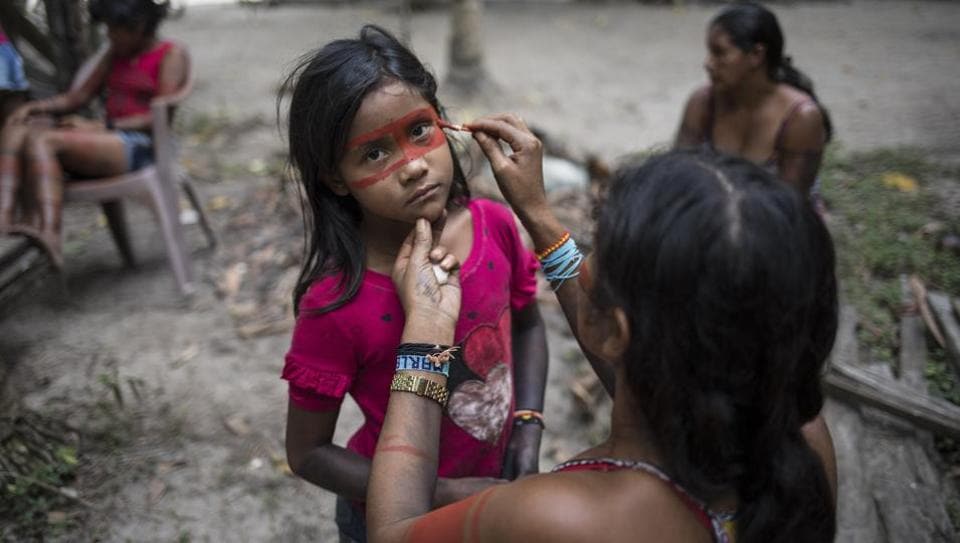



They had covered 13 points without success, when, near a creek called the Río Bernardo, Franco shouted a single word: “Maloca!” You didn’t see any clearing,” she recalled. Most of them were located at the headwaters for tributaries of the Caquetá and the Putumayo, flowing to the north and south, respectively, of the park.

They ticked off a series of GPS points marking likely Indian habitation zones. “You can’t protect their territory if you don’t know where they are,” said Martínez, an intense woman with fine lines around her eyes and long black hair pulled into a ponytail.ĭescending from the Andes, the team reached the park’s western perimeter after four hours and flew low over primary rainforest. Now, after two years’ preparation, Martínez and Franco were venturing into the skies to confirm the tribe’s existence-and pinpoint its exact location. Gold miners, loggers, settlers, narcotics traffickers and Marxist guerrillas had been invading the territory with impunity, putting anyone dwelling in the jungle at risk. Colombia had set up Río Puré National Park in 2002 partly as a means of safeguarding these Indians, but because their exact whereabouts were unknown, the protection that the government could offer was strictly theoretical. For decades, adventurers and hunters had provided tantalizing reports that an “uncontacted tribe” was hidden in the rainforest between the Caquetá and Putumayo rivers in the heart of Colombia’s Amazon. Martínez and Franco had embarked that day on a rescue mission. “It was like searching for the needle in the haystack.” A deluge began to pound the tin roof of the headquarters of Amacayacu National Park, beside the Amazon River, where she now serves as administrator. “We didn’t have a lot of expectation that we’d find anything,” Martínez, 44, told me, as thunder rumbled from the jungle. Martínez and Franco carried a large topographical map of Río Puré National Park, 2.47 million acres of dense jungle intersected by muddy rivers and creeks and inhabited by jaguars and wild peccaries-and, they believed, several isolated groups of Indians. Squeezed with her in the tiny four-seat compartment were Roberto Franco, a Colombian expert on Amazon Indians Cristóbal von Rothkirch, a Colombian photographer and a veteran pilot. On a cloudless afternoon in the foothills of the Andes, Eliana Martínez took off for the Amazon jungle in a single-engine Cessna 172K from an airstrip near Colombia’s capital, Bogotá. The writer ventured into the deep jungles of Colombia.


 0 kommentar(er)
0 kommentar(er)
